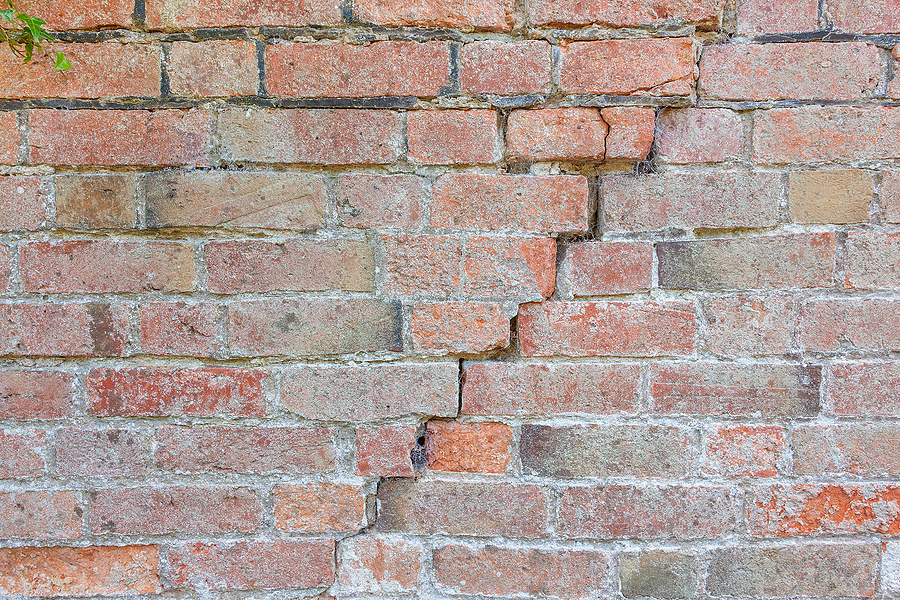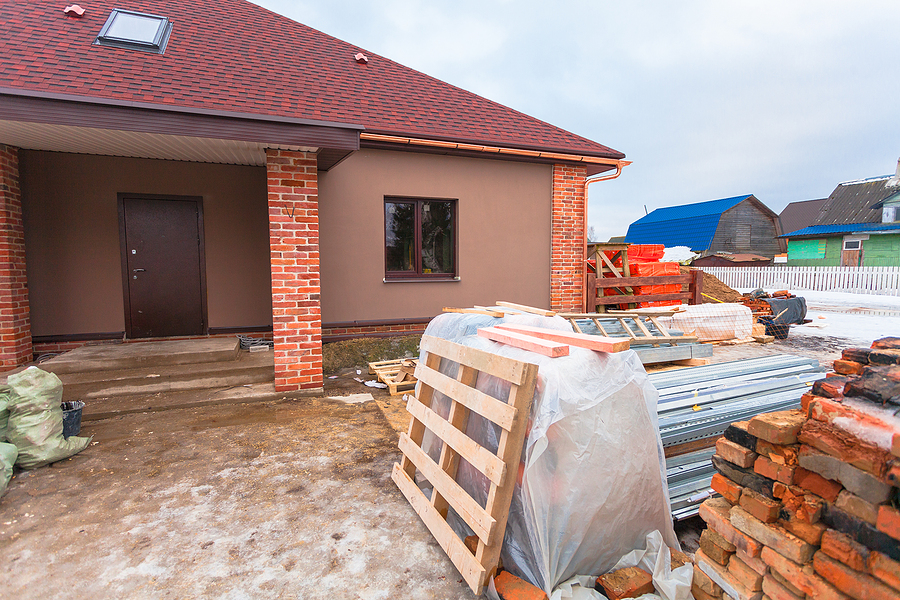Blog
Top 5 Signs You Need Masonry Restoration Before It Gets Worse
Whether you’re a homeowner or managing a large‑scale project, this guide will help you understand the early warning signs and why acting promptly — with quality masonry restoration services — matters.
Masonry structures—whether gracing historic buildings or newer construction—lend unmatched charm and durability. But time, weather, and wear take their toll, leading to issues like cracked masonry material, failing mortar joints, or damaged terra cotta. Knowing the signs can save you from costly deterioration. Here’s how to recognize trouble before it escalates.
1. Cracks in Bricks, Stone, or Mortar Joints

Cracks are often the first visible sign that your masonry needs attention. They may appear small at first, but even hairline fractures can allow water to seep in, which accelerates deterioration and weakens the structure over time. Stair-step cracks along brickwork can indicate foundation movement, while vertical or horizontal cracks may point to shifting loads or pressure. Addressing these issues early with professional masonry repair helps prevent more costly and dangerous problems down the road.
- Stair‑step cracks in brickwork often point to foundation movement, while horizontal or vertical cracks can indicate pressure or expansion issues.
- Watch for changes in width or length over time—widening cracks are especially concerning.
2. Spalling, Chipping, or Flaking (Deteriorating Masonry Material)
When bricks, stone, or other masonry materials start breaking apart, you’ll often see chipping, flaking, or layers peeling away — a process known as spalling. This usually happens when moisture penetrates the surface and expands during freeze-thaw cycles, slowly pushing pieces off. While it may begin as a cosmetic issue, spalling can quickly expose deeper layers of masonry to damage. Prompt restoration ensures the structure’s durability and prevents further decay.
- Often caused by moisture entering the masonry and freeze‑thaw cycles.
- Flaking surfaces compromise both appearance and durability, and may lead to deeper damage.
3. Efflorescence or Water Damage on the Surface
If you notice white, chalky deposits forming on your brick or stone, you’re seeing efflorescence — a clear sign that water is moving through your masonry. Moisture not only leaves stains but can also cause mold, discoloration, and eventual breakdown of both the surface and underlying materials. Left untreated, water intrusion can significantly weaken mortar joints and compromise the structure. Masonry restoration services target the source of moisture, preserving both appearance and stability.
- Water staining, mold, or discoloration on the surface also indicates moisture issues that can deteriorate masonry and mortar.
4. Bowing, Bulging, or Leaning Walls
Walls that begin to bulge outward, curve, or lean are serious red flags. These changes often stem from soil pressure, water buildup, or failing support systems within the structure. Bowing walls not only reduce the aesthetic appeal of your property but also signal potential safety hazards if ignored. Immediate masonry repair and stabilization are essential to avoid partial collapse or costly full-scale reconstruction.
- This can result from soil pressure, water buildup behind the wall, or failing wall ties.
- These issues require immediate attention to avoid collapse or widespread damage.
5. Crumbling or Missing Mortar Joints
Mortar is the glue that holds your masonry together, and when it begins to crumble or disappear, the entire wall weakens. Missing or deteriorating joints let water infiltrate, which speeds up damage and destabilizes bricks or stone. Repointing with the proper mortar mix not only restores strength but also improves the look of your building. This is especially critical for historic buildings, where careful restoration protects both beauty and structural integrity.
- Deteriorated mortar compromises stability and allows water infiltration.
- Repointing or tuckpointing—replacing old mortar with new material—restores both integrity and appearance.
Quick Reasons to Act Now
| Sign | What It Means | Why It Matters |
|---|---|---|
| Cracks | Structural stress or moisture entry | Can lead to bigger structural damage |
| Spalling/Flaking | Material weakness from elements | Reduces durability and aesthetic |
| Efflorescence/Water Stains | Moisture intrusion | Leads to mold and long‑term decay |
| Bowing/Bulging Walls | Foundation or support failure | Risk of collapse if untreated |
| Crumbling Mortar Joints | Loss of cohesion between bricks/stones | Weakens structure and encourages water problems |
Why Timely Masonry Restoration Services Matter

- Protect Structural Integrity: Early fixes prevent deeper damage.
- Preserve Historic Charm: For historic buildings, matching materials like authentic terra cotta and the right mortar mix is crucial.
- Save Money in the Long Run: Addressing issues early is far less expensive than major restoration later.
Early intervention with masonry restoration—not just simple masonry repair, but thoughtful, durable solutions—is essential. Whether it’s the beauty of historic buildings, the integrity of terra cotta detailing, or the strength of solid mortar joints, staying vigilant ensures your masonry stays safe and stunning.
If you’re a homeowner or overseeing a large‑scale masonry project and notice any of these signs—cracks, spalling, dampness, bulging, or failing mortar—it’s time to consider professional masonry restoration services from Hicon Inc. With decades of expertise serving both residential and commercial clients, especially in preserving historic masonry, Hicon delivers quality craftsmanship and long-lasting results.